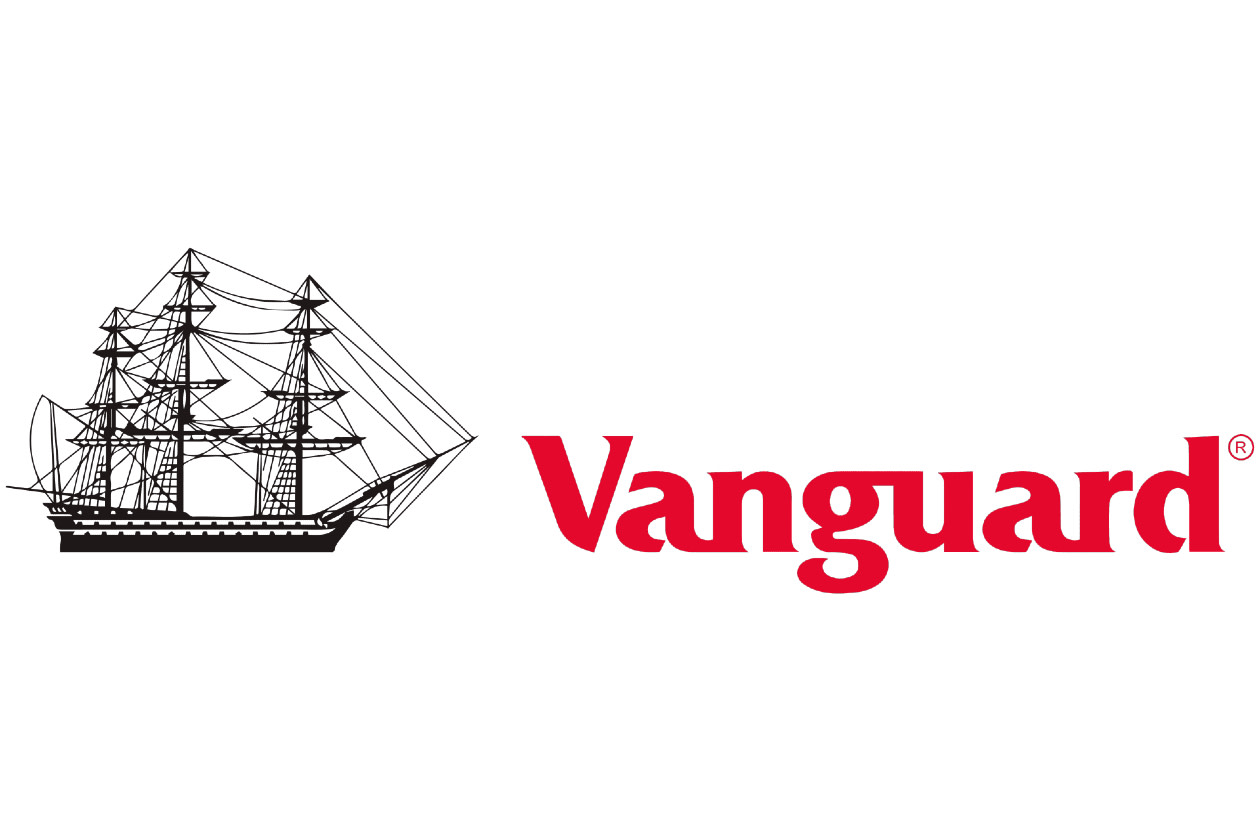Vanguard is a pioneer of passive investing
This fund provides broad exposure to global corporate bonds
It’s a simple, low-cost way to track the Bloomberg Global Aggregate Corporate Index
This fund currently features on our Wealth Shortlist of funds chosen by our analysts for their long-term performance potential
How it fits in a portfolio
The Vanguard Global Corporate Bond Index fund invests in a range of fixed income corporate debt. Its benchmark, the Bloomberg Global Aggregate Corporate Index (Hedged GBP), includes bonds issued by companies in both developed and emerging markets with maturities greater than one year.
An index tracker fund is one of the simplest ways to invest, and we think this fund could be a good way to invest in the global corporate bond market at a low-cost. It could also help diversify an investment portfolio focused on other assets, such as shares, or form the starting point for a portfolio of passive funds.
Manager
Vanguard is a pioneer when it comes to passive investing, having created the first retail index fund over 45 years ago. It now runs some of the largest index funds in the world. Given its size, it has a big investment team with the expertise and resources to help its funds track indices and markets as closely as possible, while having scale to keep costs down.
Vanguard funds are run by a large, global team. They’re spread across three investment hubs around the world – the US, UK and Australia. This team-based approach means there’s no named manager on the fund. As a collective team, Vanguard has run this fund for 8 years.
Vanguard also has a trading analytics team, which is responsible for ensuring the funds buy and sell investments efficiently and at a competitive cost. This involves analysing data from different brokers and banks. Lower costs should help the fund track its benchmark as closely as possible.
Process
This fund aims to track its benchmark, the Bloomberg Global Aggregate Corporate Index (Hedged GBP), which is made up of roughly 17,500 global bonds issued by companies. The fund currently invests in nearly two thirds of the number of bonds in the benchmark, which is known as partial replication. This helps to keep costs down as the fund doesn’t buy and sell every bond that is added to or removed from the index.
The fund has a bias towards the industrial, financial, and utilities sectors which make up 50.8%, 38.7% and 9.4% of the fund respectively, as of the end of September. These are all investment grade bonds that are deemed to be more likely to pay off their debts than some higher-risk bonds, such as high yield bonds. Nearly 60% of the fund is invested in bonds issued by companies in the US, with the rest invested in bonds issued by other companies from around the world such as the UK, France and Canada. The fund also invests in bonds from companies in higher-risk emerging markets, in line with the benchmark.
While the team doesn’t invest in every bond within the benchmark, the fund has tended to track its index closely as the team aims to replicate its broader characteristics. For example, they select bonds that together help the fund to closely match the benchmark’s credit rating or yield to maturity. A bond’s credit rating is an assessment of the ability to pay back its debt, while the yield to maturity is the total expected return if the bond is held until it matures.
Vanguard’s global team provides 24-hour market access and consistent fund and bond price monitoring. The team also has access to local bond traders and these relationships can help the team find bonds at attractive prices.
The team also uses currency hedging to convert overseas currency bonds back to sterling. The prices and income of global bonds can go up and down with foreign currency movements, adding volatility for UK investors. By hedging, investors could experience less extreme price movements over time, which could help smooth potential returns. That said, currency hedging can be expensive and is done through derivatives which adds risk.
Vanguard is more conservative than some other passive fixed income providers. For example, they don’t lend the investments within this fund to other providers in return for a fee, known as securities lending.
As this fund is listed offshore investors are not usually entitled to compensation from the UK Financial Services Compensation Scheme.
Culture
Vanguard is currently the second largest asset manager in the world and runs over $10trn of assets globally. The group aims to put the client at the forefront of everything it does, which drives its focus on quality, low-cost index products.
John Bogle founded Vanguard in 1975, and it’s owned by investors. This allows Vanguard to redirect its profits back to investors in the form of lower fees, instead of paying dividends to external shareholders. Bogle believed in creating products that simply track the performance of a market rather than taking a shot at picking individual stocks which may beat them.
The team running this fund works closely with other fixed income research and risk departments across the business. They have daily and weekly meetings to discuss ongoing strategy which could add good support and challenge on how to run the fund effectively.
ESG Integration
Vanguard is predominantly a passive fund house. While it has offered exclusions-based passive funds for many years, it has lagged peers in offering passive funds that explicitly integrate Environmental, Social and Governance (ESG) criteria by tracking indices that tilt towards companies with positive ESG characteristics, and away from those that don’t.
Vanguard’s Investment Stewardship team carries out most of the firm’s voting and engagement activity. Its stewardship activity is grounded in the firm’s four principles of good governance: board composition and effectiveness, oversight of strategy and risk, executive compensation and shareholder rights.
The Investment Stewardship team produces frequent insights on their engagement activity at both a corporate and governmental level. Investors can also access fund-by-fund proxy voting records, although voting rationales are not provided. That said, voting and engagement case studies can be found in the firm’s annual Investment Stewardship report and quarterly Engagement reports.
Vanguard courted controversy in 2022 when it left the Net Zero Asset Managers’ Initiative, a group of asset managers that have committed to achieving net zero carbon emissions by 2050. It claimed its decision would improve clarity for investors and allow it to speak independently. We view this as a disappointing backward step. Furthermore, in 2024 it was reported that Vanguard failed to support a single shareholder proposal requiring more action from investee companies on environmental and social matters.
Of the funds under HL’s research coverage, this is one of the most carbon intense. The companies within the fund may face increased scrutiny from investors and regulators, as well as higher costs associated with carbon emissions management and potential carbon pricing mechanisms, potentially impacting the fund’s performance.
As of the end of September 2025, this fund invests 14.9% in companies involved with the extraction of oil, gas or coal. This could leave the fund vulnerable to fluctuations in commodity prices, regulatory changes aimed at reducing carbon emissions, and potential shifts in consumer preferences towards sustainable alternatives.
However, the fund’s composition represents the exposure of the Bloomberg Global Aggregate Corporate Index that it aims to track, and the team has no control over the bonds included in this index. Although, an ESG version of the fund is available.
Cost
The fund has an ongoing annual fund charge of 0.18%. We believe this is reasonable when compared to other global fixed income trackers in the market. Our platform charge of up to 0.45% per annum also applies, except in the HL Junior ISA where no platform fee applies.
Performance
Since the fund launched in November 2017, it’s done a good job of tracking the Bloomberg Global Aggregate Corporate Index (Hedged GBP), rising 14.26%* over this time. As expected from a tracker fund, it’s fallen behind the benchmark over the long term because of the costs involved. However, the tools used by the managers have helped to keep performance tight to the index.
More recently, over the past 12 months to the end of October, the fund has gained 6.33%. Remember, past performance isn't a guide to future returns.
With inflation falling closer to target, most major central banks were able to start lowering interest rates in 2024, after a period of keeping rates at elevated levels. Usually, when interest rates are cut, bond yields fall, and prices rise.
But bond yields increased at the end of 2024, and prices fell, even though central banks continued to lower rates. This was driven by the view that Trump’s policies, especially on tariffs, have the potential to disrupt trade and push inflation higher. This change in expectations for inflation and potentially interest rates pushed bond yields higher.
In 2025, bond markets have continued to be volatile, linked to uncertainty around tariffs, inflation and interest rates. This has caused many central banks to take a cautious approach to lowering interest rates. The Federal Reserve (Fed) cut rates in September for the first time this year due to signs of weak economic growth in the US, despite inflation having increased since April and remaining above target.
The yield for the Vanguard Global Corporate Bond Index fund was 4.01% as of the end of September 2025. Yields aren’t guaranteed and shouldn’t be considered a reliable indicator of future income.
Given Vanguard’s size, experience and expertise, we expect the fund to continue to track the benchmark well in the future, though there are no guarantees. As the currency of overseas bonds is hedged back to sterling, we expect the fund’s performance to be less volatile over time compared to an equivalent unhedged fund. Like all investments it will fall as well as rise in value so you could get back less than you invest.
Annual percentage growth
Oct 20 – Oct 21 | Oct 21 – Oct 22 | Oct 22 – Oct 23 | Oct 23 – Oct 24 | Oct 24 – Oct 25 | |
|---|---|---|---|---|---|
Vanguard Global Corporate Bond Index GBP Hedged | 1.70% | -18.43% | 2.82% | 12.17% | 6.33% |


